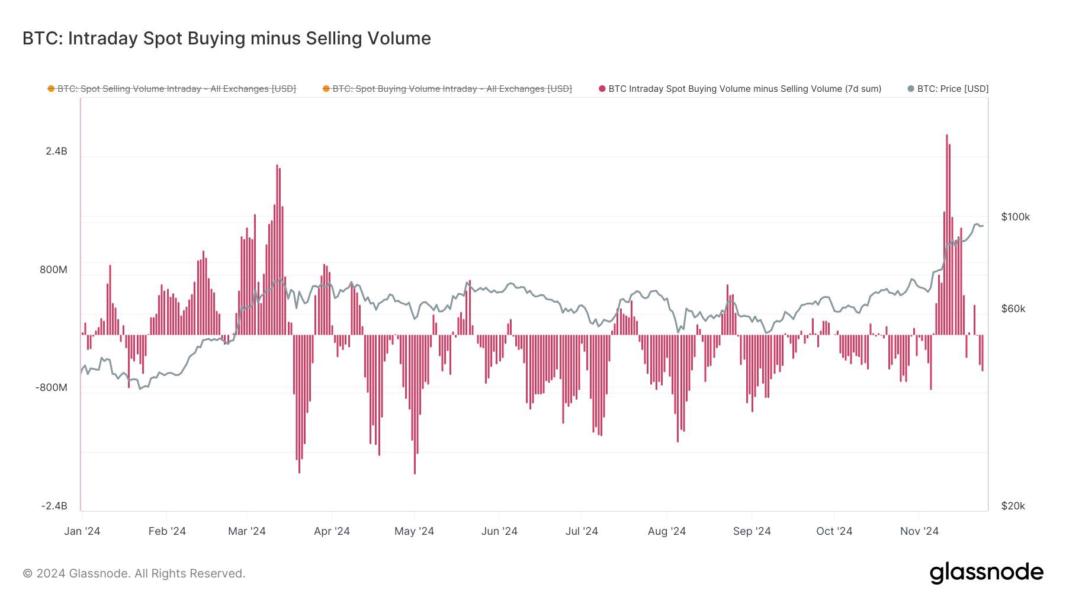
For years analysts and traders have said cooling inflation would benefit the crypto market, yet prices are still down. Cointelegraph explains why.
Investors' risk appetite tends to increase with a lower cost of capital and higher liquidity, creating a favorable scenario for high-growth assets. Consequently, Bitcoin (BTC) and other cryptocurrencies often benefit from such conditions, as more money in circulation typically boosts demand. However, if U.S. inflation appears to be under control, why isn't the cryptocurrency market reacting positively?
The United States Federal Reserve (Fed) closely monitors the job market, inflation, and the USD currency value to adjust its policies accordingly. When inflation trends near the Fed's 2% target, it allows room for reducing interest rates and injecting liquidity by providing banks with the necessary capital, especially when the economy shows signs of weakness. This movement, known as expansionary, reduces incentives for fixed-income investments.
The most recent figures from the Federal Reserve's preferred inflation indicator revealed a deceleration in inflation for May. During this period, price increases registered their slowest growth since March 2021, marking the initial occurrence within this economic cycle that inflation surpassed the Fed's 2% target. The core Personal Consumption Expenditures (PCE) index, excluding food and energy costs, rose by 2.6% year-over-year in May, aligning with the predictions of economists.





